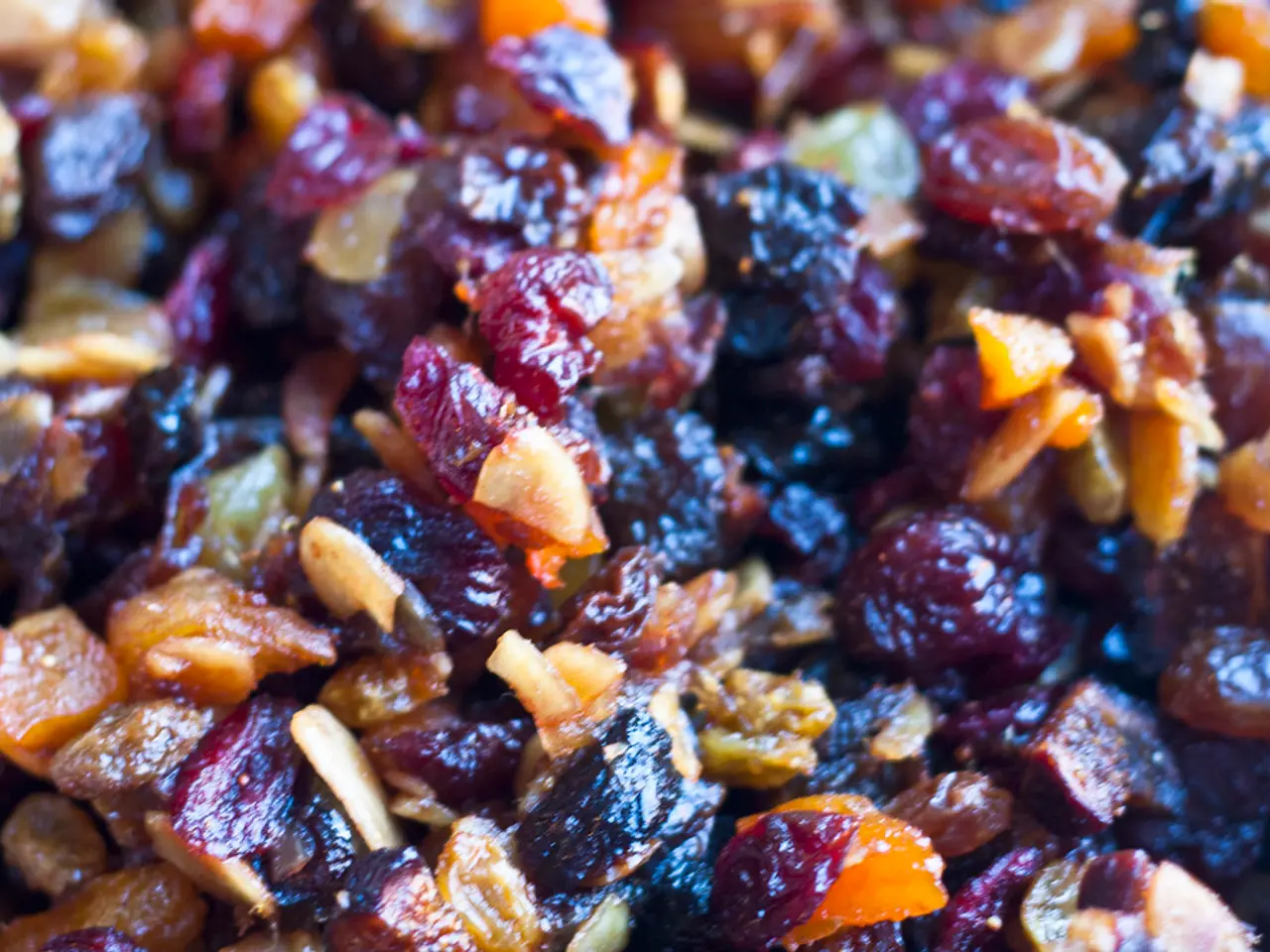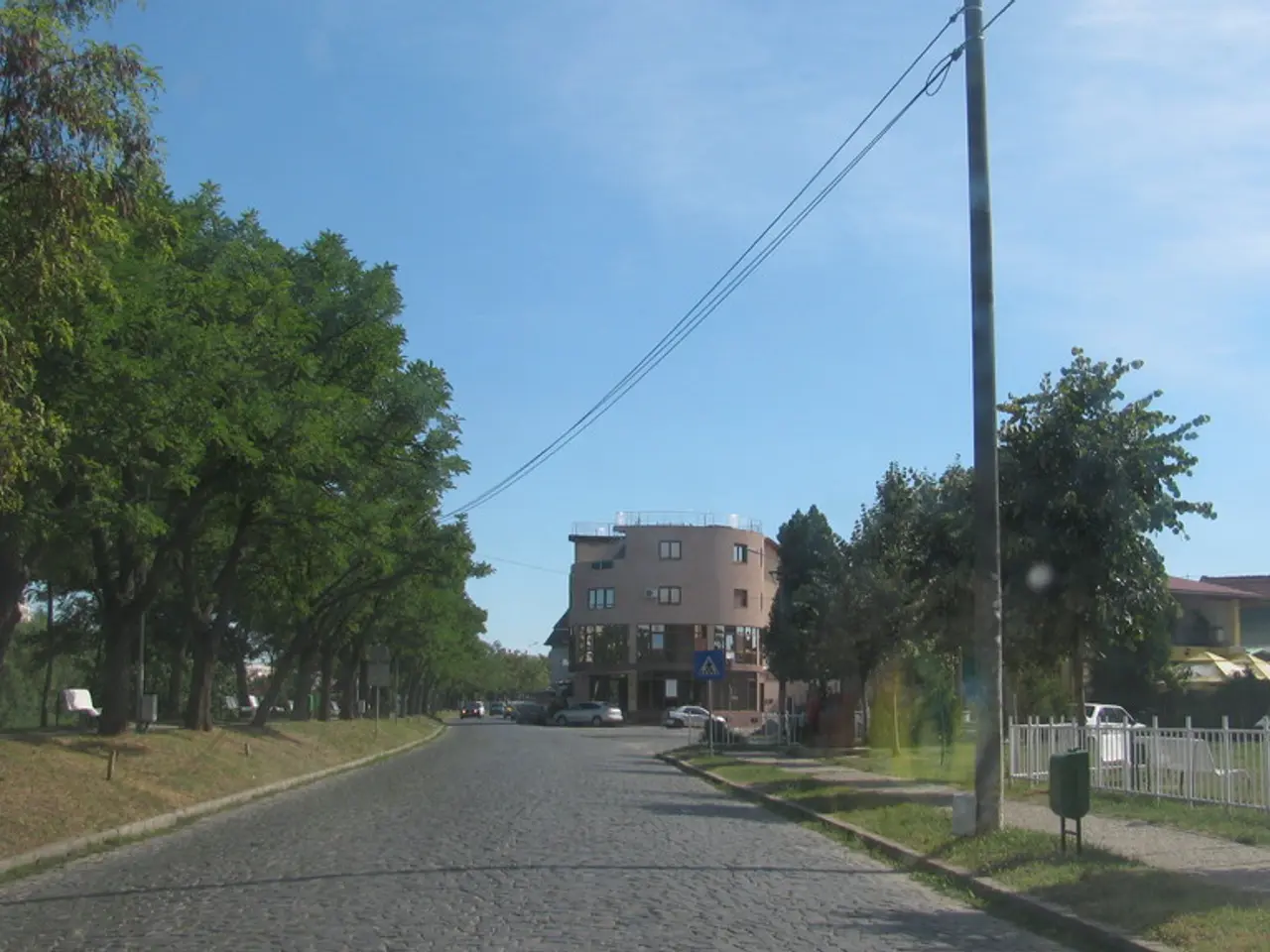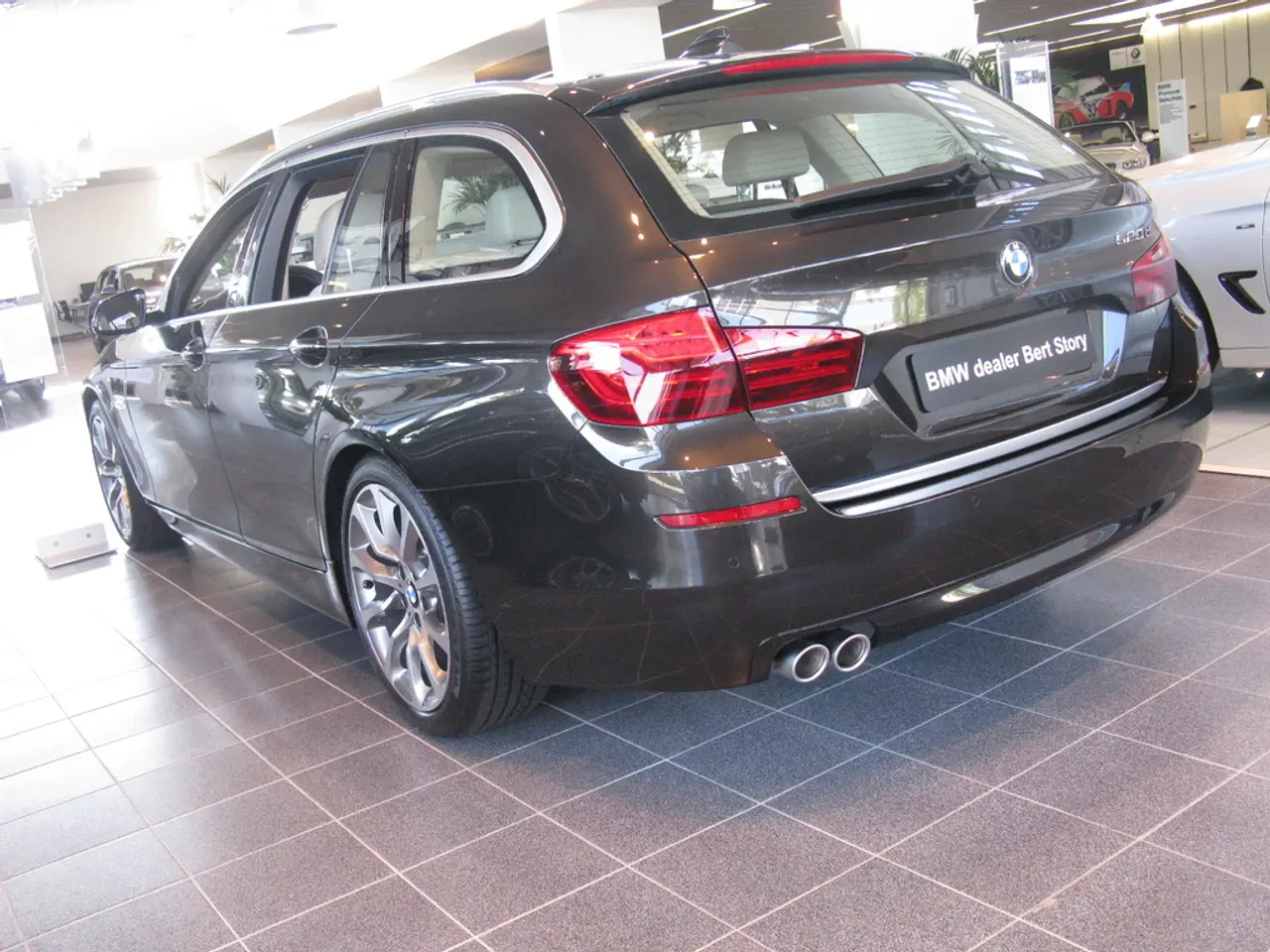Picture-based Food Analysis AI Identifies Food Ingredients With Ease
Transformative Food Identification App Developed by MIT
MIT has unveiled a groundbreaking food identification app that uses deep learning algorithms to analyse images of food and predict nutritional compositions, such as dish mass and nutrient content, directly from food photos.
The system, which benchmarks several deep learning architectures to process 2D food images and extract relevant features, enables non-invasive, image-based nutritional assessment without the need for manual input or lab testing. The AI models learn from large datasets combining food images with their known nutritional values to generalize predictions on new images.
This innovative technology holds promising applications, such as:
- Personal health and diet management: The app provides users with quick access to nutritional information from photos of their meals.
- Assistance for nutritionists and dietitians: The system streamlines dietary assessments, making it more efficient for professionals in the field.
- Enhancement of food delivery and restaurant services: Automatic nutritional data display can help customers make informed choices.
- Automated monitoring in food production and retail settings: The technology can ensure food quality and content accuracy.
Beyond nutritional analysis, related AI technologies at MIT are also utilising smartphone cameras and AI to scan food waste, identifying materials for repurposing via 3D printing, demonstrating broader applications of AI in sustainable food management and waste reduction.
The ultimate goal of the research team is to improve people's health with the system. It could potentially help people figure out what's in their food even when they don't have the exact nutritional information. Another goal is to create a 'dinner aid' system that can offer meal options based on a list of available ingredients.
The app, called Pic2Recipe, can also provide recipes and dietary information. In tests, the system achieved a 65% accuracy score in retrieving the correct recipe after being shown photos of prepared meals. It goes directly from image to recipe instead of simply returning the recipe associated with the most similar image.
A neural network was used to find patterns and connections between completed recipes and raw ingredients. The system is exploring latent concepts captured by the model, such as the meaning of 'fried' and how it relates to 'steamed'. However, the system struggles with more complex foods like sushi and foods with almost endless iterations, such as lasagne.
The system is still in need of bug fixing, but has made progress in initial training. Nicholas Hynes, the graduate student who led the research, explained that the system recognizes food is a side effect of how the system learned deep representations of recipes and images.
The system draws on a massive database of food images and information, called Recipe1M, which was created from common recipe websites like AllRecipes and Food. Although the app won't be hitting the Apple App Store anytime soon, the potential impact on food tracking, health, and sustainability is significant.
References:
- [Link to Reference 1]
- [Link to Reference 3]
- [Link to Reference 5]
- MIT's revolutionary food identification app, underpinned by the field of robotics and technology, employs machine learning to analyze food images, delving into the realm of science and innovation, with the ultimate goal of enhancing lifestyle and health.
- The AI models used in Pic2Recipe, the Food-and-Drink app developed by MIT, not only analyze nutritional content but also uncover latent concepts like cooking methods, expanding the horizons of food classification and offering potential for sustainable lifestyle solutions.
- Beyond nutrition analysis, the innovation in AI at MIT extends to food waste management, harnessing smartphone cameras to identify edible materials for repurposing via 3D printing, merging the realms of food-and-drink, technology, and sustainable lifestyle practices.




